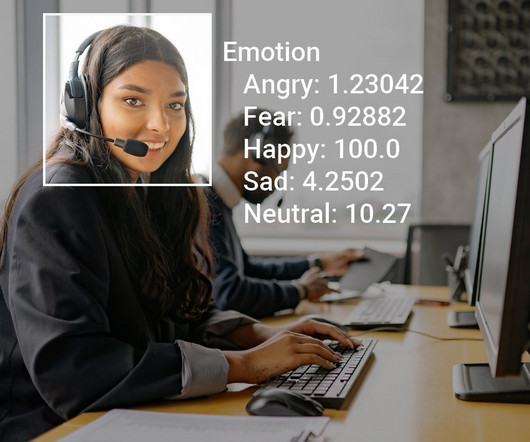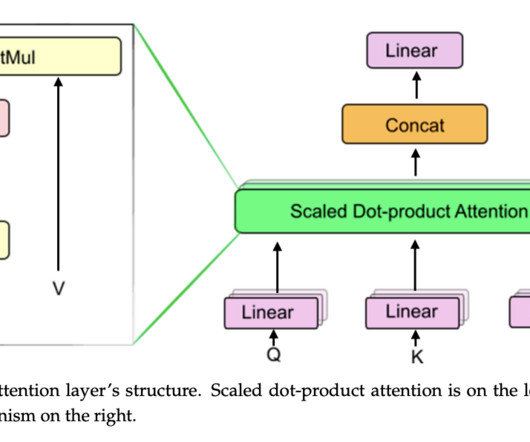AI Emotion Recognition and Sentiment Analysis (2025)
Viso.ai
OCTOBER 9, 2024
AI emotion recognition is a very active current field of computer vision research that involves facial emotion detection and the automatic assessment of sentiment from visual data and text analysis. provides the end-to-end computer vision platform Viso Suite. About us: Viso.ai How does visual AI Emotion Recognition work?











Let's personalize your content